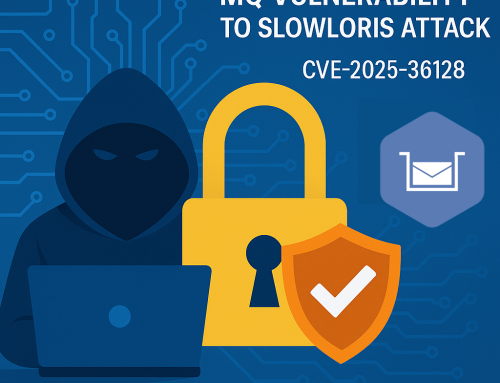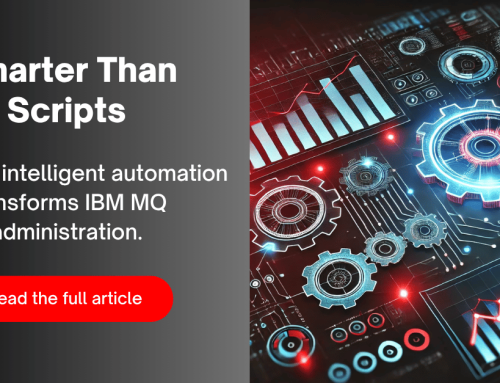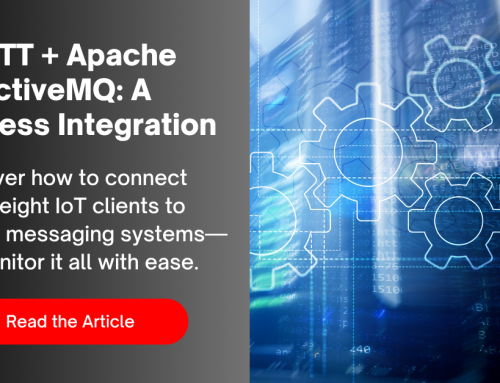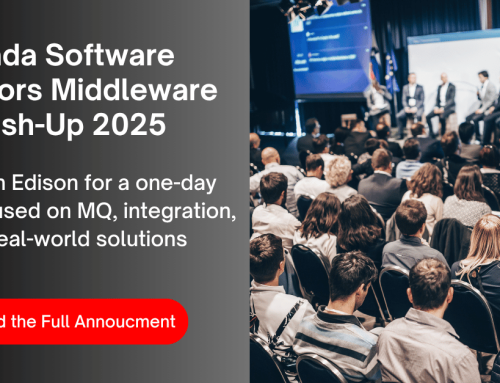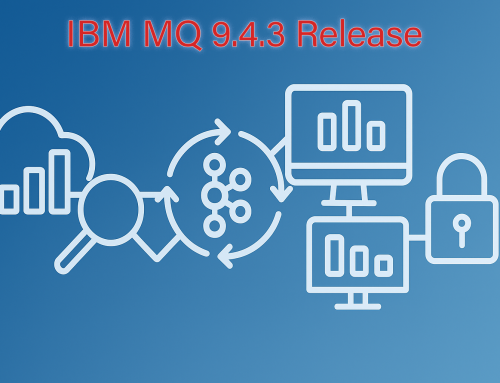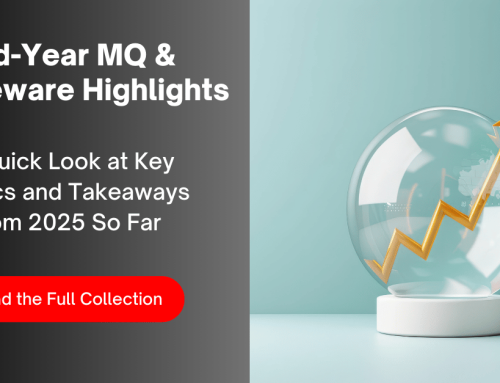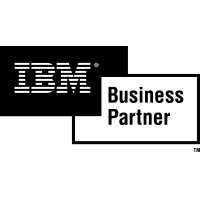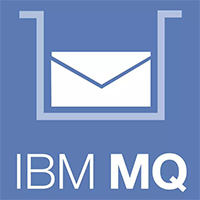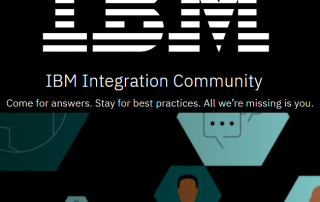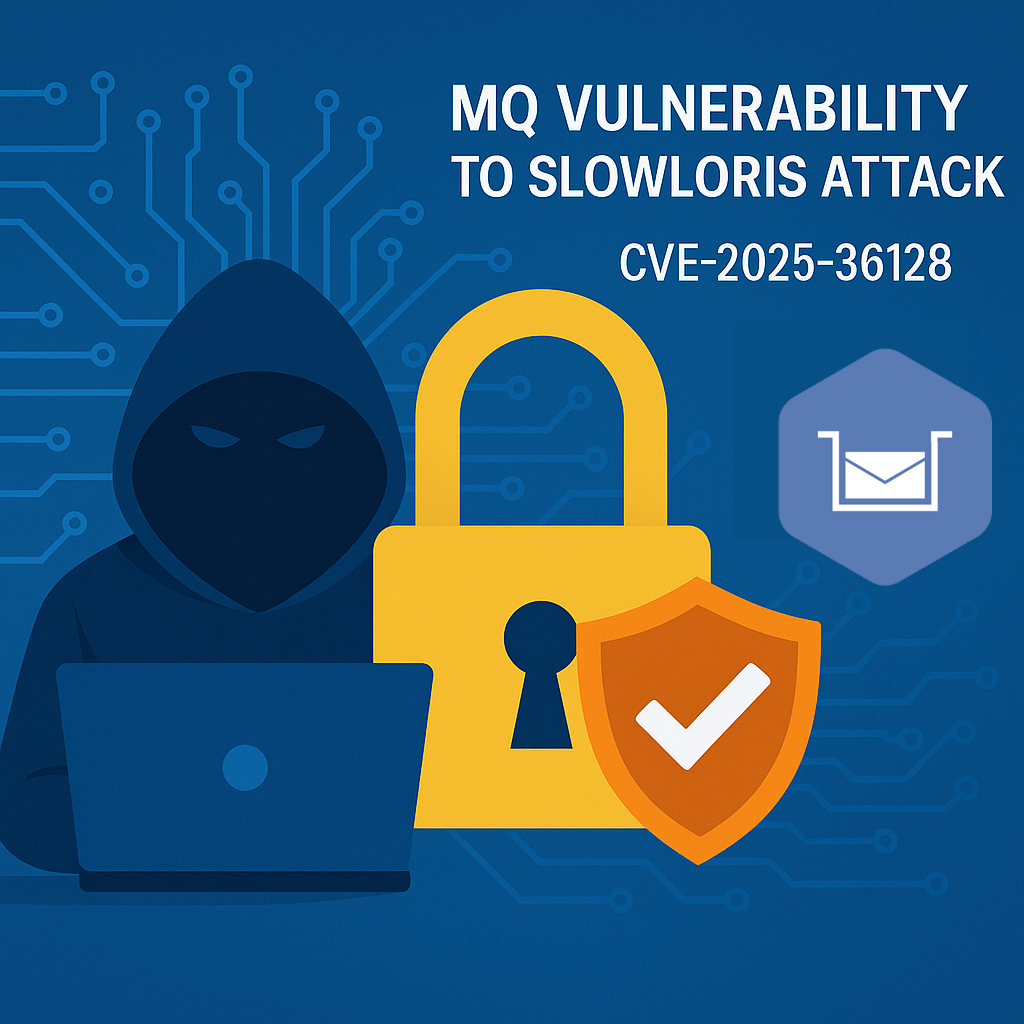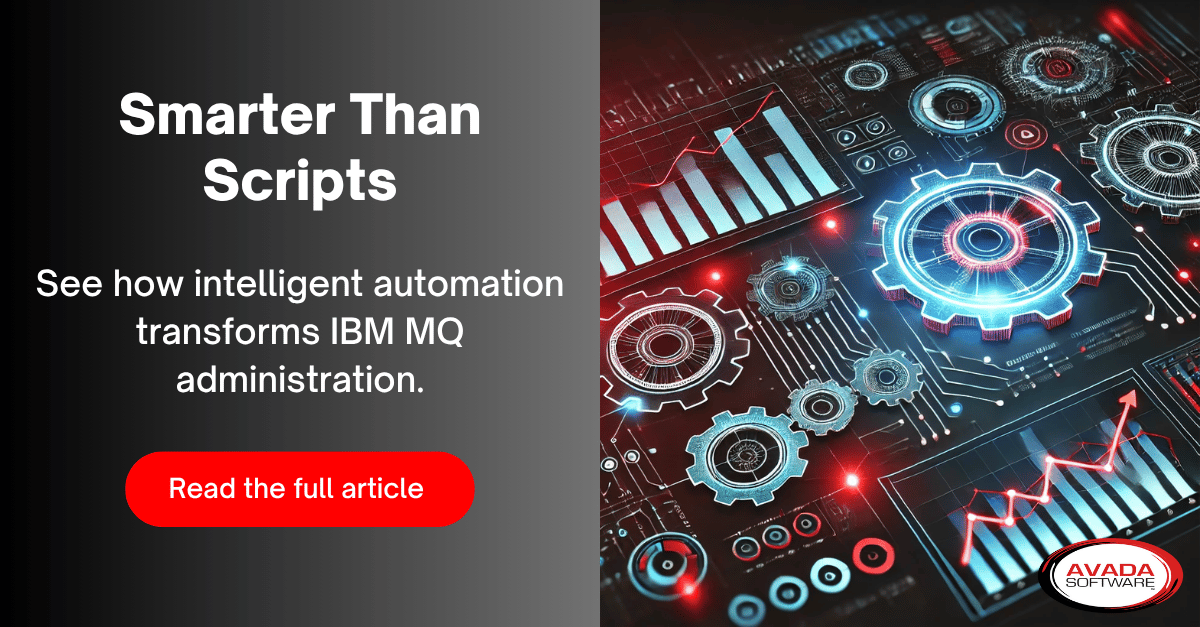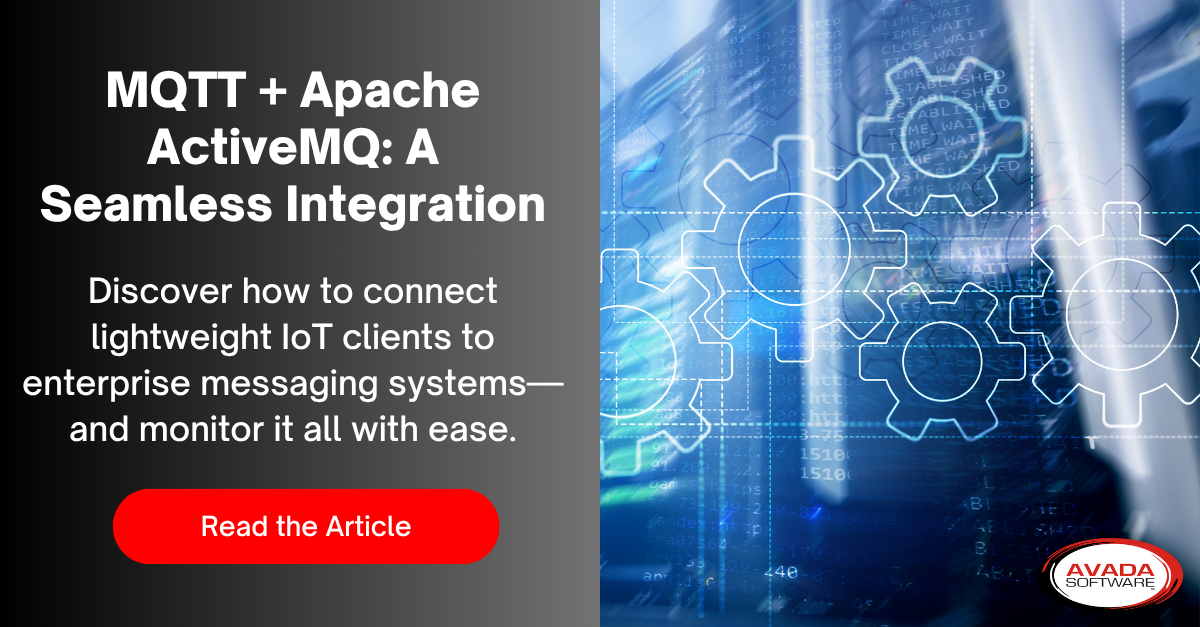4 Middleware Architecture Tips You Didn’t Know About
As a Middleware Architect, you’re tasked with building, upgrading, or maintaining the backbone of your enterprise’s IT environment. Middleware systems, whether they involve message brokers like IBM MQ, Kafka, or ActiveMQ, or enterprise integration platforms, are essential for enabling seamless communication and data exchange. But even seasoned architects may not be fully leveraging strategies that can transform their architecture into a more efficient, scalable, and resilient system. Here are four middleware architecture tips that you might not have considered.
1. Design for Proactive Issue Detection
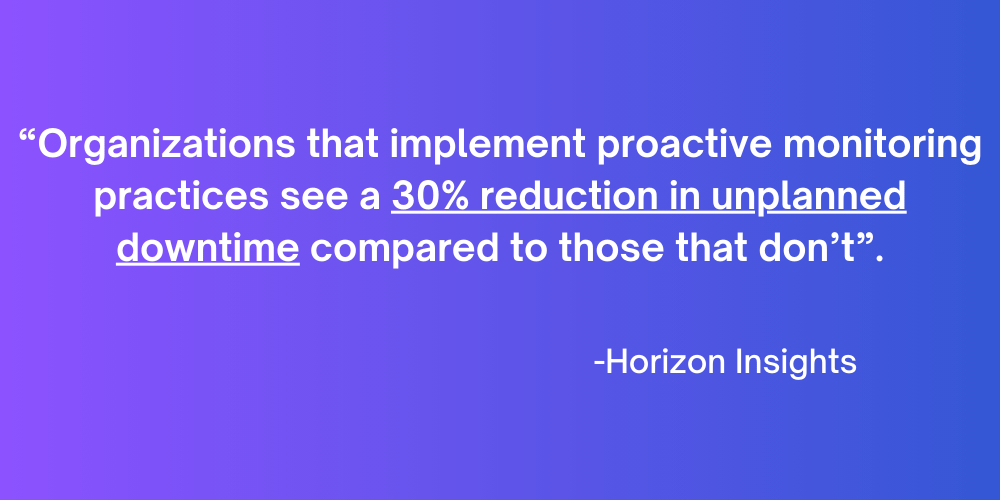
Reactive problem-solving is no longer enough in today’s fast-paced IT environments. Middleware systems must be designed with proactive monitoring in mind, allowing you to detect potential bottlenecks or performance degradation before they become critical issues. According to Horizon Insights, organizations that implement proactive monitoring practices see a 30% reduction in unplanned downtime compared to those that don’t.
When designing your architecture, use these middleware architecture tips to ensure that your monitoring tools can detect anomalies such as queue depth thresholds, message delivery delays, or processing slowdowns. By setting specific, granular parameters, you can preemptively address these issues and maintain system health. Middleware management tools that provide real-time visibility and self-healing capabilities are invaluable in achieving this.
2. Prioritize Security at the Middleware Layer
Middleware systems are integral to modern IT infrastructures, facilitating seamless communication between applications and services. However, their central role makes them prime targets for cyber threats. Failing to implement robust security measures at the middleware layer can expose your systems to vulnerabilities that compromise the entire ecosystem.
To safeguard your middleware environment, consider these advanced middleware architecture tips:
- Consider Zero-Trust Architecture Principles for Middleware: Explore the viability of moving beyond traditional perimeter security by implementing zero-trust principles at the middleware level. This includes micro-segmentation of middleware systems to limit lateral movement in case of a breach and enforcing continuous validation of user and system identities. Forrester’s Zero Trust model emphasizes that trust should be earned, not assumed, even within internal networks.
- Automate Certificate Management for Secure Data Transmission: Mismanagement of SSL/TLS certificates can lead to expired certificates and unsecured data transmissions. Automating certificate renewal and deployment across middleware systems, such as IBM MQ or Kafka, ensures encrypted communication remains intact. Gartner highlights the critical role of automated security workflows in mitigating human error in complex environments and Infrared360 provides automated certificate management and replacement for IBM MQ on distributed OS (despite the proprietary KDB).
- Monitor and Audit Middleware Activities: Continuous monitoring of middleware activities, including message flows, access attempts, and system performance, helps detect suspicious behaviors and potential breaches in real time. Implementing detailed logging and conducting regular audits can uncover vulnerabilities before they escalate. Gartner underscores that proactive monitoring is essential to identifying and mitigating cybersecurity threats.
By integrating these strategies into your middleware architecture, you can fortify the security of your systems, ensuring both the resilience and integrity of your IT infrastructure.
For a deeper exploration of strategies to enhance middleware resilience, download our paper, “Empowering Infrastructure Architects: Ensuring Resilience in Middleware Architectures for Modern Enterprises“.
3. Automate Routine Middleware Administration Tasks
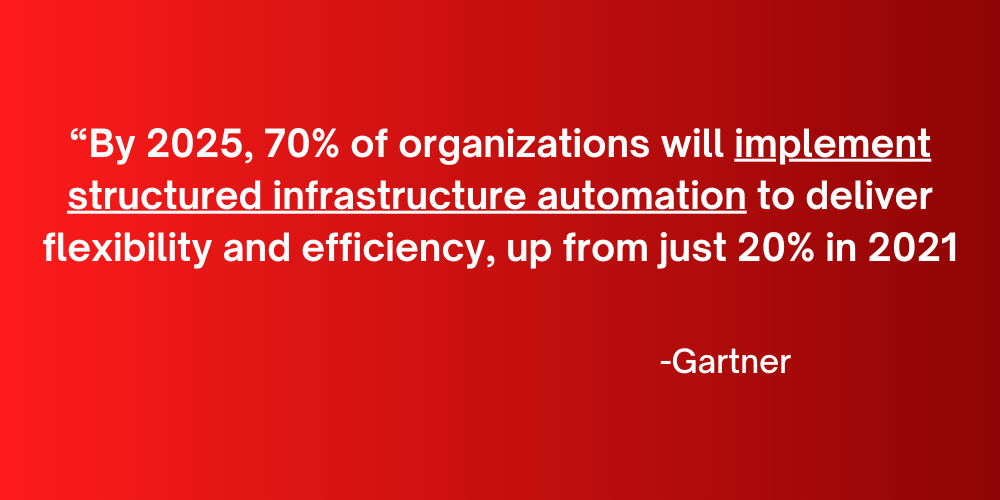
Manual middleware administration can be a significant drain on resources and is prone to human error. Routine tasks such as clearing full queues, restarting stalled services, or generating reports can and should be automated. Automation not only frees up valuable time for Middleware Architects but also ensures consistency and reliability.
For example:
- Automating queue management can prevent overflow issues and ensure seamless data flow.
- Setting up dynamic load balancing allows your architecture to adapt to traffic spikes without requiring manual intervention.
According to Gartner, by 2025, 70% of organizations will implement structured infrastructure automation to deliver flexibility and efficiency, up from just 20% in 2021. This shift underscores the growing importance of automation in managing middleware systems effectively.
By leveraging automation for routine administration tasks, Middleware Architects can enhance operational efficiency and focus on strategic initiatives, such as optimizing system design or planning for future scalability. This approach not only mitigates risks associated with manual intervention but also ensures middleware environments remain robust and reliable.
4. Plan for Scalability from Day One
Middleware systems are often the glue holding together growing IT ecosystems. As businesses scale their operations or adopt new technologies like hybrid cloud or microservices, middleware architecture must be ready to accommodate the increased load and complexity.
A McKinsey report highlights that large IT projects, on average, run 45% over budget and 7% over time, while delivering 56% less value than predicted. This underscores the importance of meticulous planning and management in IT projects to avoid significant overruns and underperformance.
When designing or upgrading your middleware, consider these middleware architecture tips:
- Using agentless solutions to simplify deployment and reduce maintenance overhead, especially in hybrid or multi-cloud environments. (plus, agentless solutions offer other benefits too)
- Building with elasticity in mind, ensuring your middleware can scale horizontally or vertically as needed
- Preparing for future integrations with emerging technologies like IoT or AI-driven analytics.
Conclusion
Middleware architecture is more than just a foundation—it’s a dynamic, strategic component of your enterprise IT environment. By incorporating middleware architecture tips like proactive issue detection, prioritizing middleware security, automating routine tasks, and planning for scalability, you can design systems that are not only resilient but also future-ready.
For a deeper dive into best practices and strategies for empowering Middleware Architects, download our paper, “Empowering Infrastructure Architects: Ensuring Resilience in Middleware Architectures for Modern Enterprises“.
Take the next step in optimizing your middleware architecture today!
More Infrared360® Resources


